Climate Action & Energy
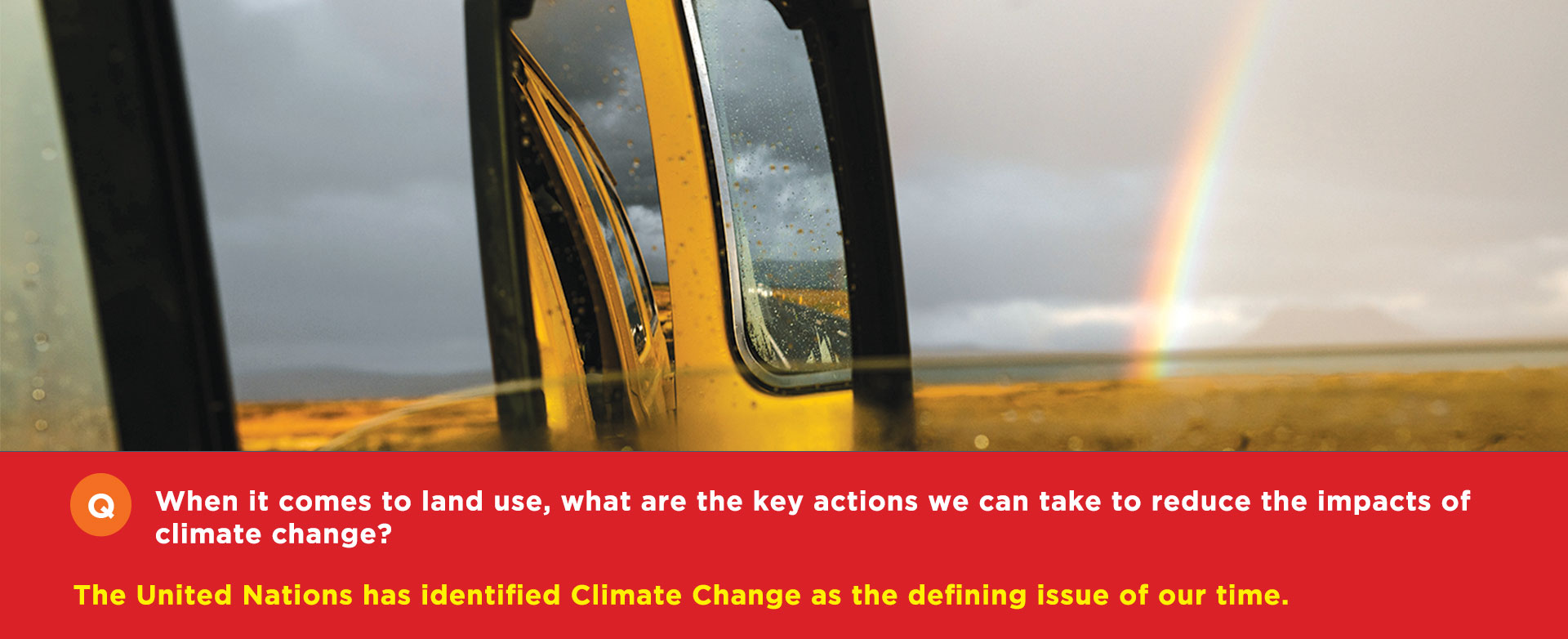
Climate change is recognised as a significant global environmental problem. Greenhouse gases (GHGs) in the atmosphere have risen to record levels, not present in three million years. Evidence of this can be seen in the changes to our average temperature, sea level change, rainfall intensity/patterns, increased flooding/extreme weather events, impact on biodiversity/food production.
As populations, economies and standards of living grow, so does the cumulative level of GHGs emissions. Carbon Dioxide is one of these greenhouse gases, which is released through human activities, such as deforestation and burning fossil fuels, as well as natural processes such as respiration and volcanic eruptions.
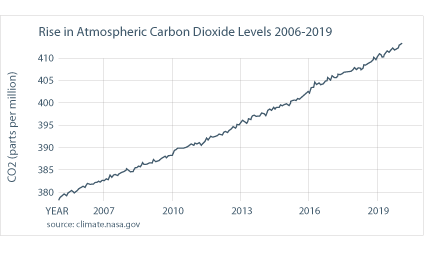
Irish Context
All aspects of Government policy are now underpinned by a commitment to Climate Action. The National Climate Action Plan (CAP) 2019, sets out a course of action over the coming years to address Climate Change. The CAP recognises the role that land use and spatial planning can play in providing for population growth in a compact, connected and sustainable way to reduce our carbon footprint.
The Climate Action and Low Carbon Development Act 2015 led to a statutory National Adaptation Framework, published in 2018, setting out the national strategy to reduce the vulnerability of the country to the negative effects of climate change and to avail of positive impacts through a whole of government approach.

What is Climate Action?
Climate Action includes the two approaches necessary to tackle climate change. Mitigation to reduce current and future GHG emissions and Adaptation to take actions that will reduce the impacts that are already happening.
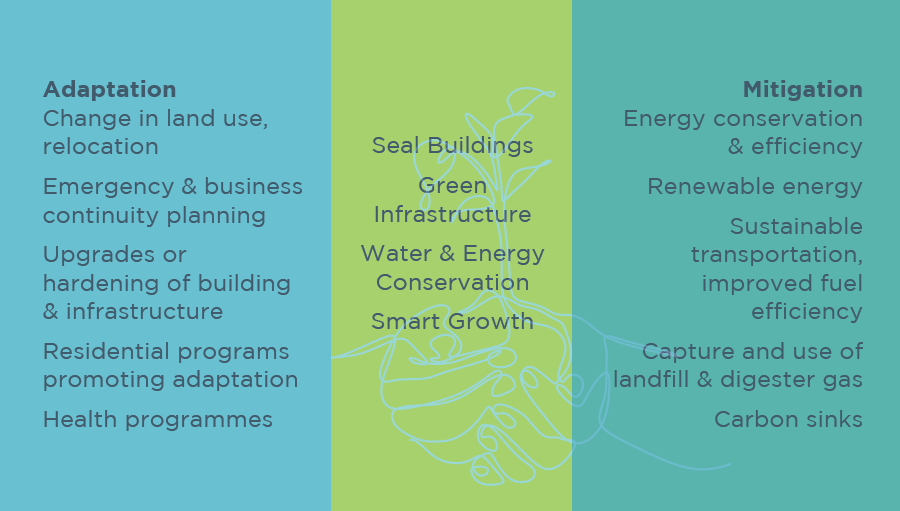
South Dublin County Council Response
Adoption of a ‘Climate Change Action Plan 2019-2024’, with 5 Key Action Areas.
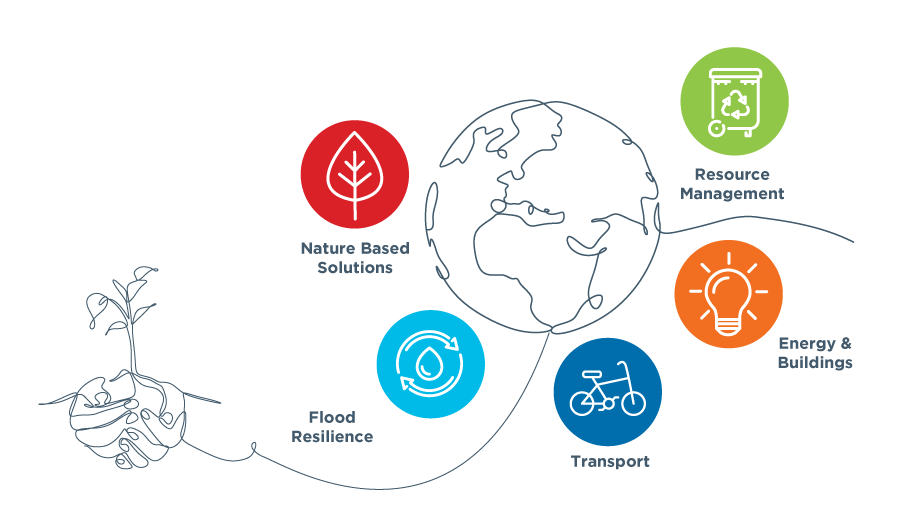
The Role of the Development Plan
In terms of climate change and land use planning the Development Plan plays an important role in influencing a reduction in GHG emissions By guiding the sustainable growth of the county, encouraging more compact mixed-use development and greater use of sustainable transport options such as cycling, walking and public transport, restricting development in areas that are at risk of flooding and protecting the natural landscape and biodiversity.
The county should aspire to becoming as low a carbon county as possible and make every effort to increase energy efficiency and unlock renewable energy potential. Therefore, there is a recognised need to build on previous County Development Plan energy and climate action policies, focusing on more evidence based and spatially appropriate policies.
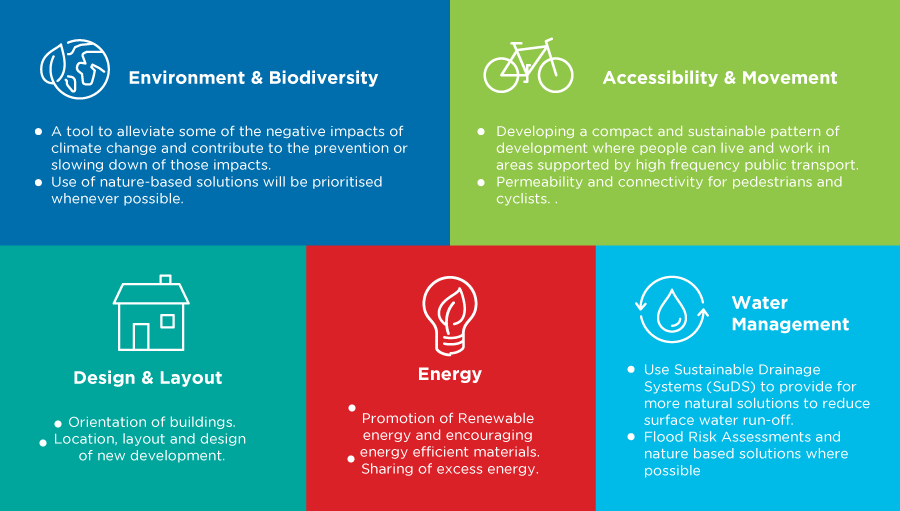

Back to the top